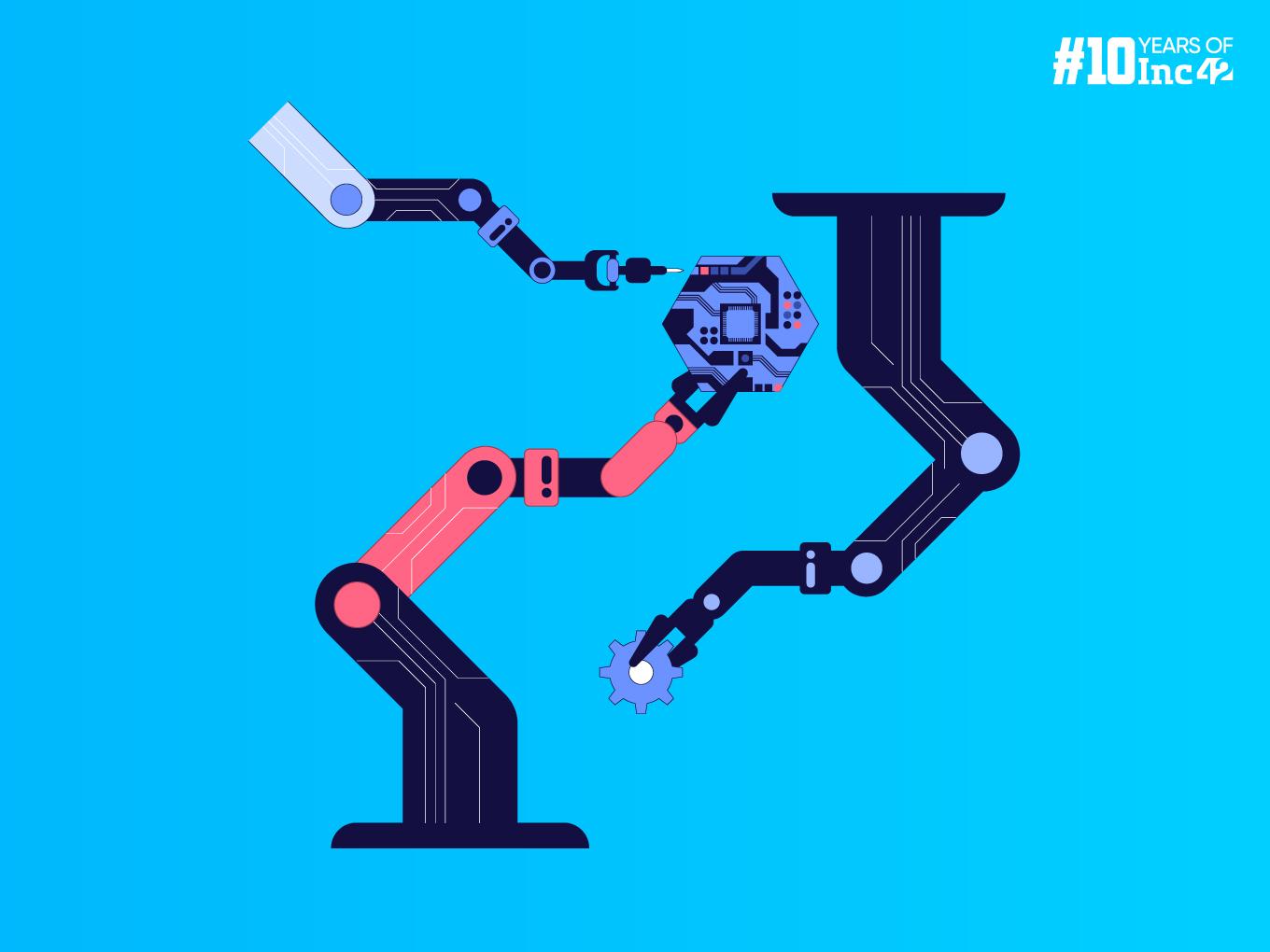What Is Lithography?
In semiconductor manufacturing, lithography is a critical process that uses light to transfer intricate circuit (IC) patterns onto a silicon wafer. This process enables the creation of tiny transistors and other components that make up modern computer chips.
How Does Lithography Work?
Lithography in semiconductors is like a high-precision light-based printing process for creating miniaturised circuit patterns on silicon wafers. Here’s a deeper look at how it works:
- Preparing The Wafer: The process starts with a polished silicon wafer coated with a light-sensitive film called photoresist. This film acts similarly to the ink used in regular printing. In this process, the photoresist reacts to light.
- The Photomask: The blueprint for the circuit design is etched onto a special mask, typically made of quarts or chrome. This mask, called a photomask, is a stencil with transparent and opaque areas corresponding to the desired circuit patterns.
- Light Projection: The wafer is positioned beneath the photomask in a lithography machine. A powerful light is shone through the photomask.
- Exposure And Development: The transparent areas of the photomask allow light to reach the photoresist on the wafer. Depending on the type of photoresist used, the exposed areas either harden (positive resist) or become soft (negative resist). After exposure, a chemical bath called developer removes the unexposed (or exposed) photoresist, revealing the underlying silicon.
- Pattern Transfer: The remaining photoresist acts as a protective mask for the underlying silicon. The wafer undergoes etching, removing unwanted material from the exposed silicon areas. This creates the desired circuit patterns on the wafer.
- Repeating the Process: This entire process of photoresist application, mask alignment, exposure, development, and etching might be repeated multiple times (up to 50 or more) to create the various layers of a complex integrated circuit. Each layer adds new features and connects them to build transistors and other components.
Why Is Lithography Used To Manufacture Semiconductor Devices?
There are several key reasons why lithography is the go-to method for manufacturing semiconductor devices:
- High Precision Patterning: Lithography allows for the creation of extremely small and intricate patterns on the silicon wafer. The light-based technique offers precise control over the shape and size of these features, down to just a few nanometers. This level of precision is essential for packing billions of transistors onto a tiny chip, enabling the complex functionality of modern processors.
- Scalability: The lithography process can be applied uniformly across an entire wafer, creating identical circuit patterns on a large scale. This is crucial for efficient and cost-effective chip production.
- Repeatability: The steps involved in lithography can be precisely controlled and repeated multiple times. This allows for building complex layered circuits on a single wafer, where each layer adds new features and connects them to form transistors and other components.
- Cost-Effectiveness: While lithography equipment can be expensive, the process offers a relatively cost-effective way to manufacture large quantities of identical chips.
What Are Some Of The Biggest Lithography Companies In The World?
In semiconductor lithography, there are two main categories: companies that manufacture the entire lithography machines, and those that produce specific components used within the machines.
For complete lithography machines, the biggest player by far is ASML. The Dutch multinational company is the world’s leading manufacturer of photolithography machines, particularly the crucial extreme ultraviolet (EUV) lithography systems required for the most advanced chips. ASML essentially holds a monopoly in this area.
While other companies manufacture some lithography equipment, they don’t compete with ASML in the high-end EUV space. Here are some examples of companies that develop and manufacture specific components used in lithography machines:
- Veeco Instruments Inc.: This company focusses on technologies like ion implantation, used for doping silicon wafers during chip manufacturing.
- TSI Incorporated (TSI): They specialise in microfluidics and flow measurement technologies, which can be used in various stages of chip production, including lithography.
- Onto Innovation Inc.: This company provides equipment for critical processes like photomask cleaning and inspection, which are essential steps in lithography.








